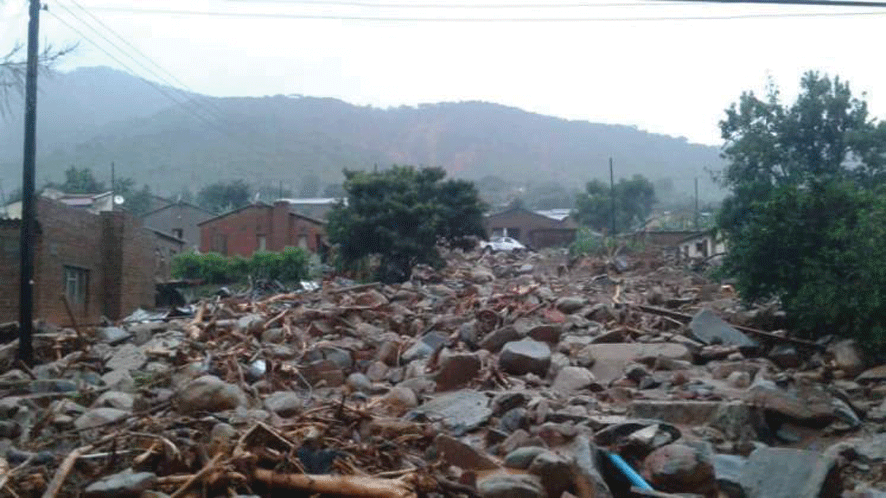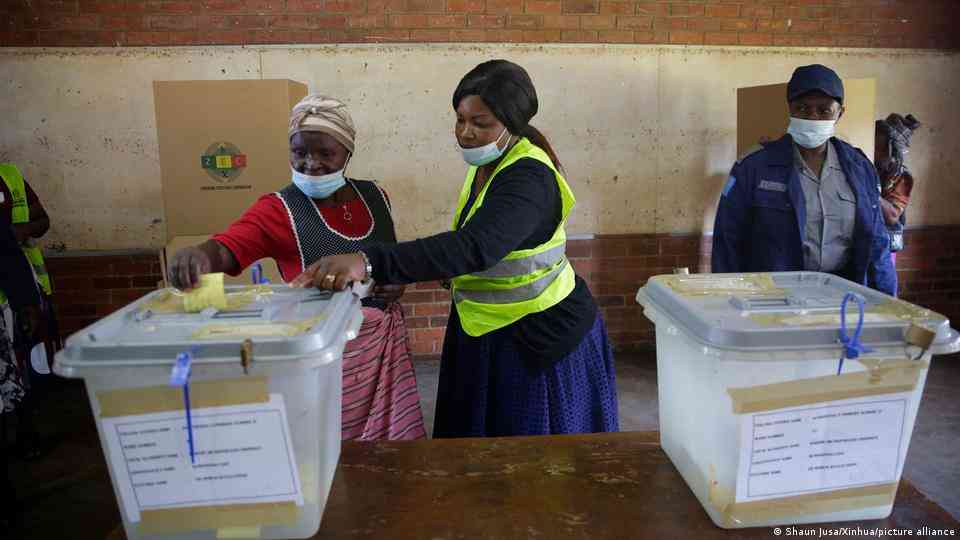
BY SHARON BUWERIMWE MALNUTRITION among children has dropped in Cyclone Idai-affected areas of Manicaland province due to Unicef’s infant and child feeding programmes, the organisation has said.
Parts of Chimanimani and Chipinge districts were ravaged by Cyclone Idai in 2019, which severely affected nutrition of children below five years.
The nutrition interventions by the village health workers have resulted in malnutrition cure rates increasing by 10%.
Malnutrition leaves children at risk of under-development and contracting opportunistic diseases.
Speaking during a media tour of Chimanimani and Chipinge ahead of World Breast-feeding Week commemorations, which was organised by the Ministry of Health and Unicef Zimbabwe, Chimanimani district nutritionist Enessy Makaure said the malnutrition cure rate now stands at 85%.
“Through village health workers’ support, our cure rate has improved from roughly 75% to about 85%. This means that there is a 10% increase of malnutrition cases which we were able to cure from 2020 up to June 2022. Our defaulter rates where we have children who drop out of the programme have really gone down,” Makaure said.
“Our breastfeeding rates have improved. The programme has been giving us positive outputs since Cyclone Idai. Malnutrition cases are going down. Village health workers have been able to go straight to the mothers where they educate them on the importance of breastfeeding.”
Chipinge district nutritionist Samukeliso Masikati said 4,5% of 65 000 children in the country were affected by acute malnutrition.
- Chamisa under fire over US$120K donation
- Mavhunga puts DeMbare into Chibuku quarterfinals
- Pension funds bet on Cabora Bassa oilfields
- Councils defy govt fire tender directive
Keep Reading
“Global acute malnutrition rates in Chipinge district stand at 9%, severe acute malnutrition rate is at 4,5% and our moderate acute malnutrition rate is at 4,5% . Only 2% out of 65 000 of our under-fives are affected by malnutrition,” Masikati said.
Masikati said many Chipinge mothers stopped breastfeeding once they found out that they were pregnant due to myths that pregnant mothers’ milk is “dirty”.
“We recommend mothers to continue breastfeeding up to a time they even go for labour. There is no harm in breastfeeding while pregnant. That’s not true (that pregnant women’s milk is dirty). So we are working on educating the community on that issue,” Masikati said.
Village health workers around the country are supported by the Ministry of Health and Child Care with financial support from Unicef under the Health Development Fund supported by the European Union, UK Aid, Sweden, Irish Aid and Gavi.
- Follow us on Twitter @NewsDayZimbabwe











